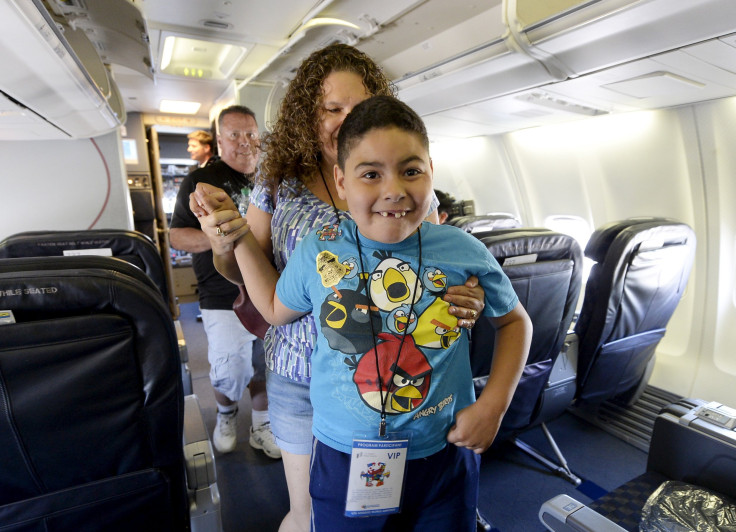‘Miniature Brains’ To Understand Autism Better Created By Researchers

Researchers at Yale School of Medicine created "miniature brains" from stem cells of autistic patients to get a better understanding of the disorder. Most children with Autism Spectrum Disorder have a larger head, a condition known as macrocephaly, and the new findings can help scientists predict the risk of the condition in children and also lead to the advancement of new drugs, the researchers said.
For the study, the team used stem cells from skin biopsies, or tissue samples, of four autistic patients to simulate early cerebral cortex development. These stem cells were grown for about 31 to 100 days into three-dimensional simulated miniature human brains (brain organoids). Following this, the researchers compared gene expression and developing cell types between the patients and their family members, mainly fathers, without the disorder.
“We discovered that the patients’ cells divided at a faster pace, and that they produced more inhibitory neurons and more synapses,” study’s lead author Dr. Flora Vaccarino, professor of neurobiology at Yale School of Medicine, said in a press release Thursday.
Brains of autistic infants have abnormal activities within the cell cycles, mainly those concerned with inhibitory neurons that keep excitation in check, the scientists explained.
The study showed that gene FOXG1 was responsible for the irregular neuron development in an autistic child’s brain. The team also found a 10-fold increase in FOXG1 in the miniature brains.
“By regulating FOXG1 expression levels in patients’ neural cells, we were able to reverse some of the neurobiological alterations,” Vaccarino said. “Indeed, correcting the FOXG1 overexpression prevented the overproduction of inhibitory neurons in patient’s cells. Remarkably, we also found a link between the extent of change in gene expression and the degree of a patient’s macrocephaly and autism severity.”
The researchers said in the study published in the journal Cell that future treatments for autism should consider the impact of FOXG1 gene.
© Copyright IBTimes 2025. All rights reserved.






















